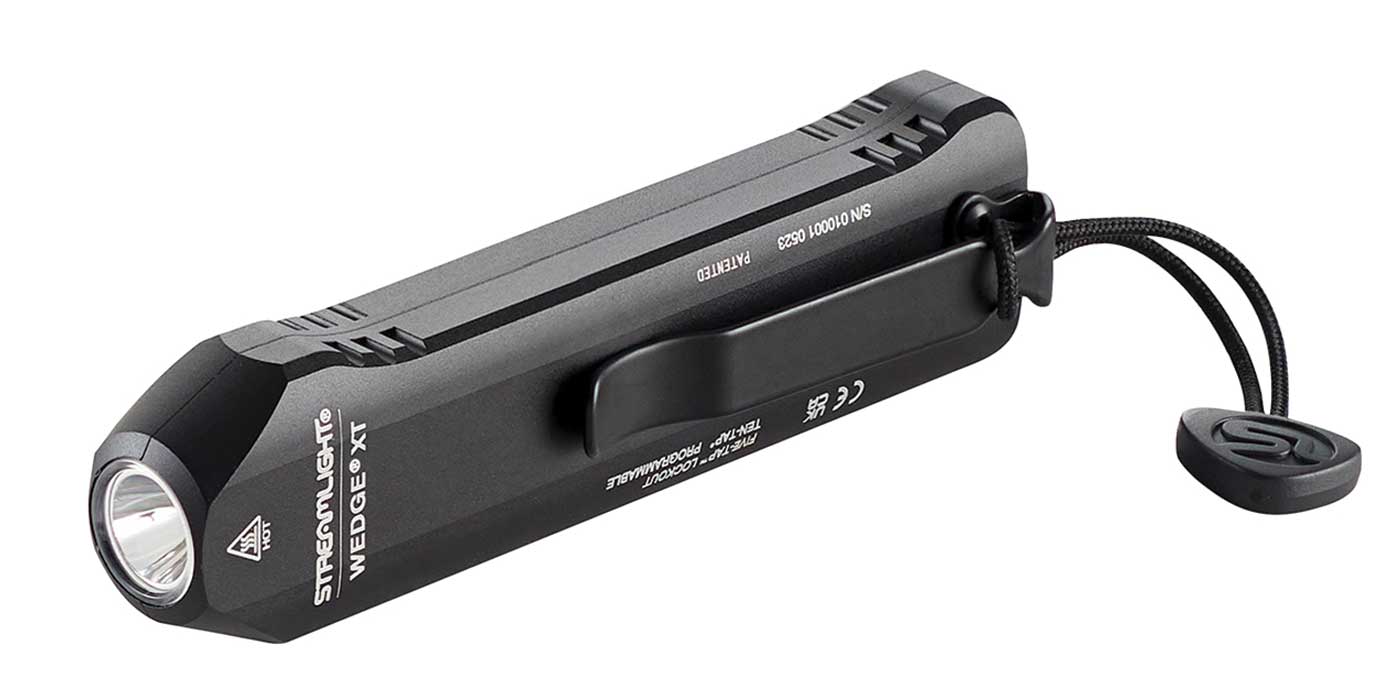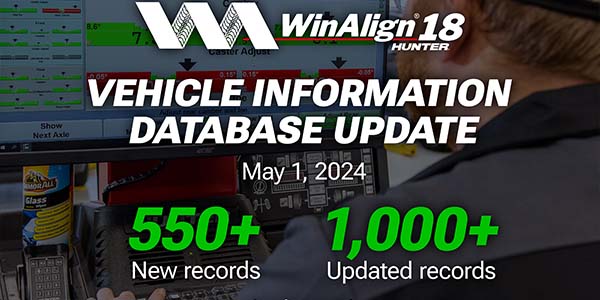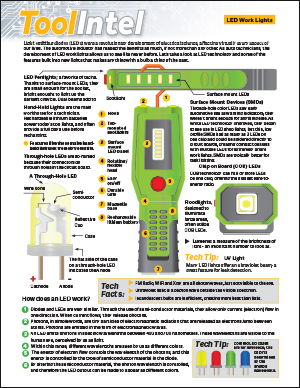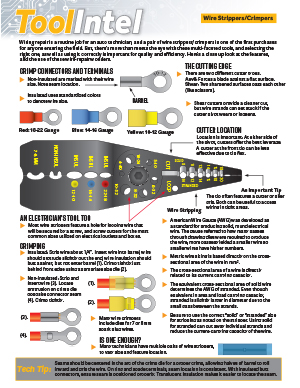By Larry Carley
Technical Editor
Serpentine belts are much longer-lived than V-belts, but they don’t last forever. After 50,000 or 60,000 miles, they often become glazed, noisy or cracked. A belt failure is bad news because all of the engine’s accessories that are driven by the belt stop turning. The vehicle looses cooling, power steering and charging output, and the engine quickly overheats.
Regular belt inspections are a must for every vehicle, and replacement for preventive maintenance should be encouraged to thwart breakdowns. One item that is often overlooked when inspecting or replacing a serpentine belt is the automatic tensioner. The tensioner is spring-loaded and keeps the belt tight so it doesn’t slip. The tensioner also provides a little “give” so it can absorb and cushion shock loads on the belt that occur when the A/C compressor clutch cycles on and off.
CHECK THE TENSIONSER
The automatic tensioner should always be checked to make sure it is working properly, especially if the belt is slipping or making noise. Belt tension is critical. A weak tensioner that does not maintain enough tension will allow the belt to slip on its pulleys, which can overheat and glaze the belt, making it squeal. If the belt is really loose, it may even come off its pulleys. If the tensioner is stuck or jammed, there may be too much tension on the belt. This can overload the belt as well as the shaft bearings on the water pump, alternator, power steering pump and air conditioning compressor, possibly leading to premature failures in these components, too.
Belt tensioners were first used back in the late 1970s. These early units were fixed tensioners that required manual adjustment. Then automatic belt tensioners arrived in the mid-1980s. The spring-loaded design eliminated the need for manual adjustments and assured proper belt tension for the life of the belt. Because of this, automatic tensioners are often overlooked as a possible cause of belt wear, noise and premature belt failure.
Rust or corrosion can jam the tensioner housing and prevent it from rotating freely. A frozen tensioner cannot maintain proper belt tension. Corrosion is usually a result of road splash, especially in areas where roads are heavily salted during the winter. Dirt or mud can also jam the tensioner housing.
A loose or worn pivot arm can allow unwanted movement that results in belt noise and misalignment. Over time, this will increase belt wear and lead to premature belt failure. A worn bushing in the tensioner pulley can cause vibrations and noise. If the bushing seizes, it may cause the belt to snap. A weak or broken spring inside the tensioner can’t maintain proper tension and the belt will slip. Springs lose tension over time from exposure to heat.
Cracks or damage to the tensioner housing or pulley arm may prevent it from rotating smoothly and maintaining proper belt tension.
TENSIONER TIPS
Symptoms that typically indicate an automatic tensioner has reached the end of the road include:
• Belt slipping (due to loss of tension);
• Belt glazing (caused by slipping);
• Excessive movement or rocking of the tensioner pulley, or “belt flutter” when the engine is running. This means the spring inside the tensioner is weak and/or the bushing is worn. The tensioner needs to be replaced.;
• Wobble in the tensioner pulley (or idler pulley). Wobble means the bearings are shot.;
• Belt or tensioner noise. The tensioner should be quiet when the engine is running. Any squealing, rumbling, growling or chirping noises should be investigated to determine the cause. A mechanic’s stethoscope can be used to pinpoint the source of the noise. The probe should be placed against the bolt in the center of the tensioner pulley wheel to listen for bearing noise. The idler pulley(s) should also be checked because the bearings in this component can wear out, too.; and
• Pulley damage. Physical damage of any kind on the automatic tensioner pulley may indicate excessive tension or physical interference. If the pulley is damaged, replace the tensioner assembly, not just the pulley. If an idler pulley is damaged, inspect the tensioner also because vibrations caused by a bad idler pulley may damage the tensioner.
The movement of the tensioner arm can be checked while the engine is off by rotating the tensioner with a socket and long handle ratchet or breaker. There are no specifications for measuring the amount of resistance offered by the tensioner spring, but if the tensioner offers little resistance it may indicate a weak or broken spring. If it fails to move at all, the tensioner is jammed and needs to be replaced.
Watch for looseness in the arm when the tensioner is rotated. The arm should not wobble or twist. If it does, the tensioner bearings are worn and the unit needs to be replaced.














